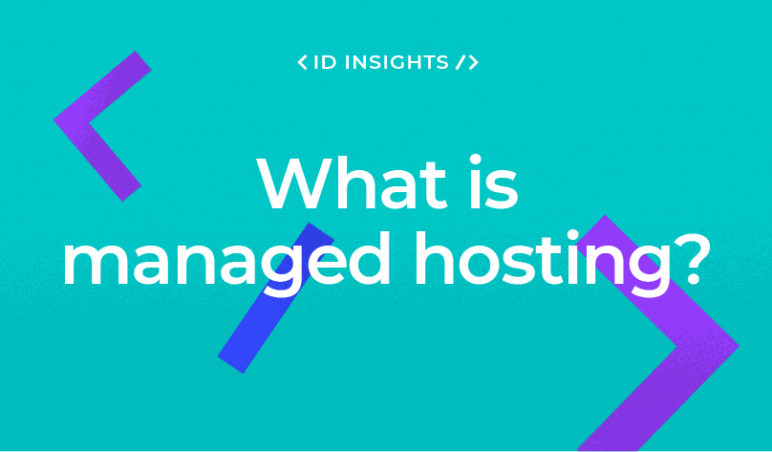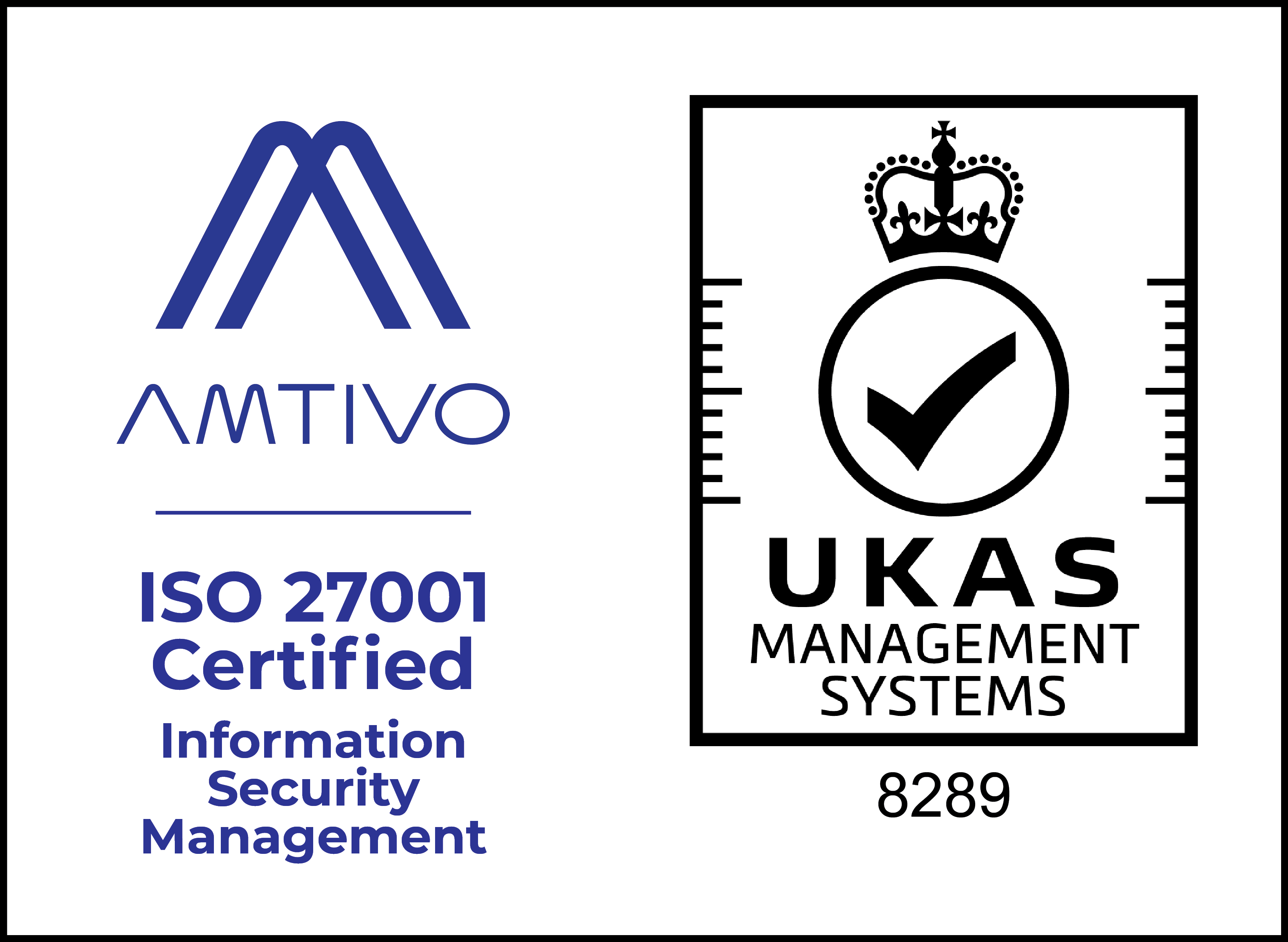Modern websites are very complex and are made up of various components. There is the code that makes a website work, the static assets such as images, stylesheets and Javascript files that are downloaded, the content that goes with it, videos and anything else developers and designers work into the mix.
Some of the most important things anyone has to consider with web hosting is the cost to transfer data to lots of users, the speed that a website loads, and the ability to handle malicious attacks such as DDoS.
Also, more and more websites are being browsed from around the world and not all of your users will be coming from a location close to where you host your website.
So what is a CDN?
CDN stands for Content Delivery Network. It does pretty much what it says on the tin… A CDN is a network of servers that are dedicated to delivering content.
Whilst your traditional website hosting or traditional web server will load the entire website including your content, a Content Delivery Network (CDN) will concentrate solely on your media content such as images, videos and documents.
This means the web server only needs to load the code necessary for the website to work, whilst the CDN pulls in everything else.
In short, the notion of a CDN gives you the power of multiple servers to load your website, rather than just the one.
How adding a CDN makes a difference
CDNs exist to handle content more efficiently. Because a CDN is a network of servers that are spread across the globe, delivering website assets from the closest location to the user, these servers are usually located in areas where a lot of communication happens in an area such as major continents or regions.
Because these servers caching your content from your server (the origin), they can handle sending the content very quickly to lots of users in many different locations.
This makes a difference to your website in a number of ways. Let’s explore them…
Scalability and Reliability
CDNs are designed to handle high traffic loads and can easily scale to accommodate sudden increases in visitors. This is particularly useful for websites experiencing traffic spikes, such as during product launches or viral events.
Improved Global Reach
CDNs have servers distributed worldwide. This means that no matter where your users are located, they will experience similar fast load times and a consistent browsing experience.
Optimised Mobile Experience
CDNs can dynamically optimise content for various devices and screen sizes. This ensures that your WordPress site looks and performs well on mobile devices, contributing to a positive user experience.
Multiple sources for content
Because the network of CDN servers is large and distributed over a large area, you get the benefit of many servers being available to send content from. Imagine you have a server loading your website code, another loading your images. You have the benefit that you are reducing the load that any one server has to handle and making your site that much more efficient.
This has the benefit of speeding up the loading of your website while also improving how your website will be handled when many visitors try to load your site.
Reduction in bandwidth costs
It can cost a lot of money to cover the amount of bandwidth it takes to deliver your site and content to all of the visitors to your website.
CDNs can provide a very cost-effective means of reducing that bandwidth usage and therefore the cost associated. A CDN will cache your site assets and files on the CDN servers so when a user accesses your site through their CDN edge server, your origin server doesn’t have to use up precious bandwidth for that user. If you have a busy site or a lot of media and assets, this can mean a huge reduction in your origin server bandwidth usage.
Technical advantages to a CDN
As well as the high-level, perhaps more evident benefits of introducing a CDN, there are also a number of really useful advantages from a technical perspective.
Having a CDN running to accompany your website’s traditional hosting is pretty much a must-have in terms of modern web standards. They can help with the overall technical infrastructure and operating your website on a day-to-day basis.
Let’s explore some of the technical advantages…
Caching Benefits
CDNs often include caching mechanisms that store copies of your site’s static content on their servers. This means that subsequent visits to your site result in cached content being served, further reducing load times.
Redundancy and Uptime
CDNs offer redundancy and failover mechanisms. If one server experiences downtime, requests are automatically routed to other available servers, minimising downtime and ensuring high availability.
Dynamic Content Optimisation
Some CDNs offer dynamic content optimisation, allowing them to optimise and serve not only static assets but also dynamic content. This can include content generated by WordPress, such as blog posts, pages, and comments.
Load Balancing
CDNs use load balancing algorithms to distribute incoming user requests across multiple edge servers. This ensures that no single server gets overloaded and can handle traffic spikes effectively.
Edge locations for international visitors
The benefit of servers being in edge locations means that if you get a user in Australia trying to access your site hosted in London, the nearest edge server cluster is used to send content rather than the London server. Loading from a server nearby reduces the distance data has to travel and thereby reducing the amount of time it takes to load that data.
Reliability and DDoS protection
Because CDNs are made up of multiple clusters of servers globally, your content is far less susceptible to individual server issues or attacks.
If a server goes down, another server simply picks up the slack and keeps your site running smoothly. This can also provide protection in case your origin server fails. Many CDNs will serve a cached version of your website if the origin server fails to work.
The other side of this reliability is the ability to protect against DDoS attacks. In this type of attack, many hundreds or even thousands of connections are fired at your server in order to try and overwhelm it. This can cause the server to come under too much load and to become unresponsive. Because the CDN is made up of many server all over the world, no single server is susceptible to failure because the rest of the network simply jumps in to help.
Load balancing added to CDNs means that connections are also filtered before going to any server. The purpose of this is to find out the best location to send data from but it also means that if a known attack occurs, those connections can be blocked before even reaching a server.
So why do I need a fast site?
There is nothing more frustrating for a user than a slow or unresponsive website. Every second a page takes to load is the potential to lose potential customers. If a site fails to load altogether that visitor may lose trust and never return.
If you want to compete online then having a fast and efficient website is one of the most important factors. This means not only have a fast and efficient hosting plan, but also adding in additional important features such as CDNs to enhance what is already there.
Improved User Experience
One of the biggest benefits of using a CDN is the real impact it has on the user experience of your website. Pages and content loading more quickly means your users can browse through and engage with your content smoothly and with minimal frustration.
Better SEO Ranking
One of the most increasingly important ranking factors for Google is website speed. It’s well known in the SEO community that faster websites will tend to rank higher in search results. This means as well as all of the other benefits we’ve mentioned, using a CDN to speed up your website can positively impact your SEO efforts.
Hosting and CDN, what to look out for
Good hosting providers will generally include CDNs with their plans, or at least have the option available as an add-on. The options for your CDN can vary from all-inclusive and quite well packaged to understand, to disparate and confusing. Some are additional paid options, some are free, others are freemium. And then some hosting providers will include CDN only for your media while other will cache everything on a CDN.
Regardless of what type of CDN you use, there is almost always going to be a major benefit to including this in how you run your website.
Choosing a CDN For Your WordPress Website
If you’re developing a WordPress website, or creating something on any other type of content management system, you’ll need to consider how you’re going to host the website before thinking about your CDN.
Not all types of hosting are made equal. There’s a difference between heading to a WordPress-specific provider like WP Engine for a managed service, or shooting directly to Amazon AWS or DigitalOcean where your setup is more manual and complex.
Managed Hosting and CDN
If you’re going to choose the managed hosting route (which is what we’d usually recommend) then finding a provider with your CDN included is the best option.
Self-Managed Hosting and CDN
If you’re more technically proficient in web development and infrastructure, you may look to manage your own hosting and choose a server-only option. In this case it’s worth looking at something like Cloudflare. Services like this add a useful additional layer to your infrastructure for both added security and options for content delivery.
Getting Help With Your CDN
If you would like to know the best way to implement a CDN, how to set one up on your current hosting or how you can achieve a fast website setup, speak to the team here at Illustrate Digital and we’ll be happy to help!












